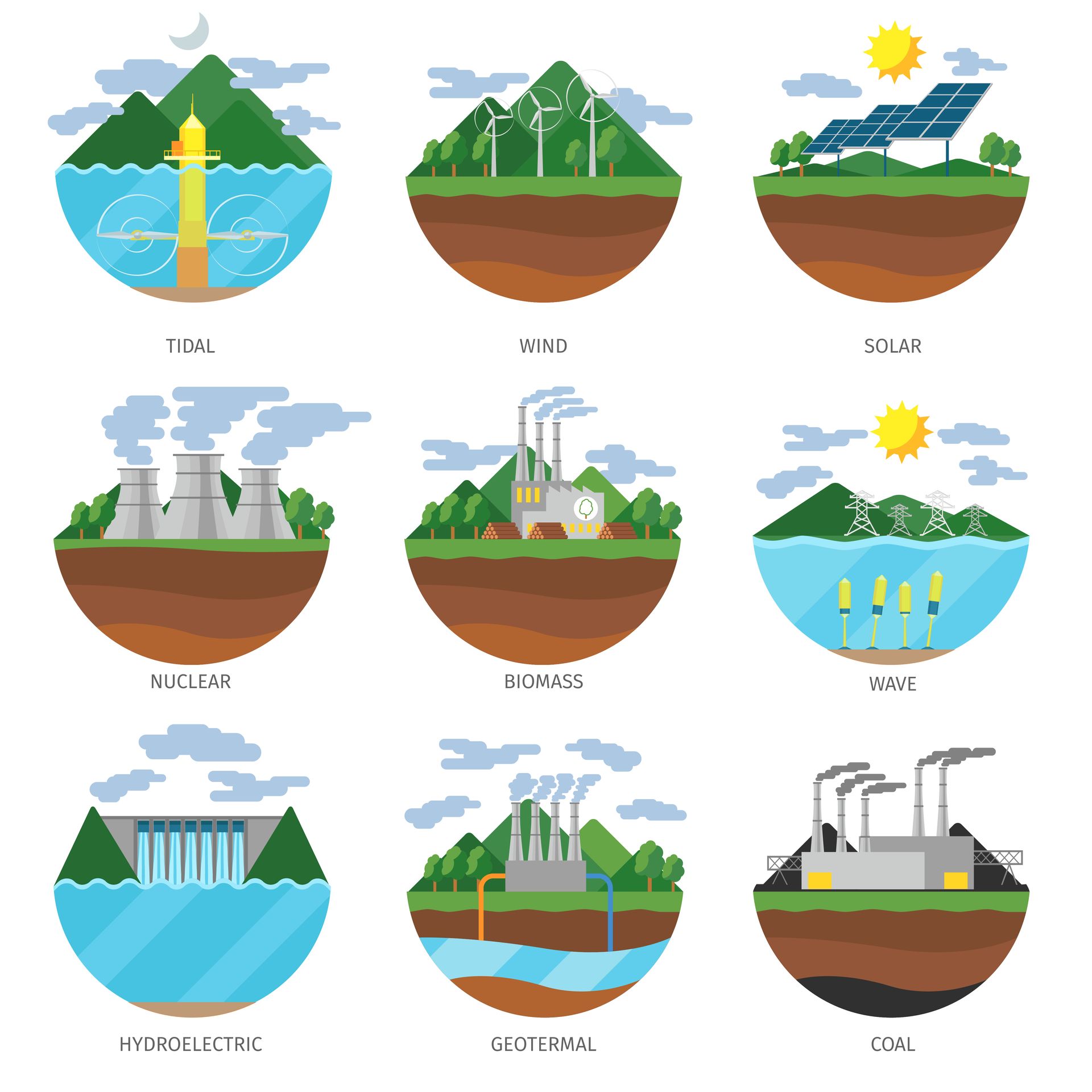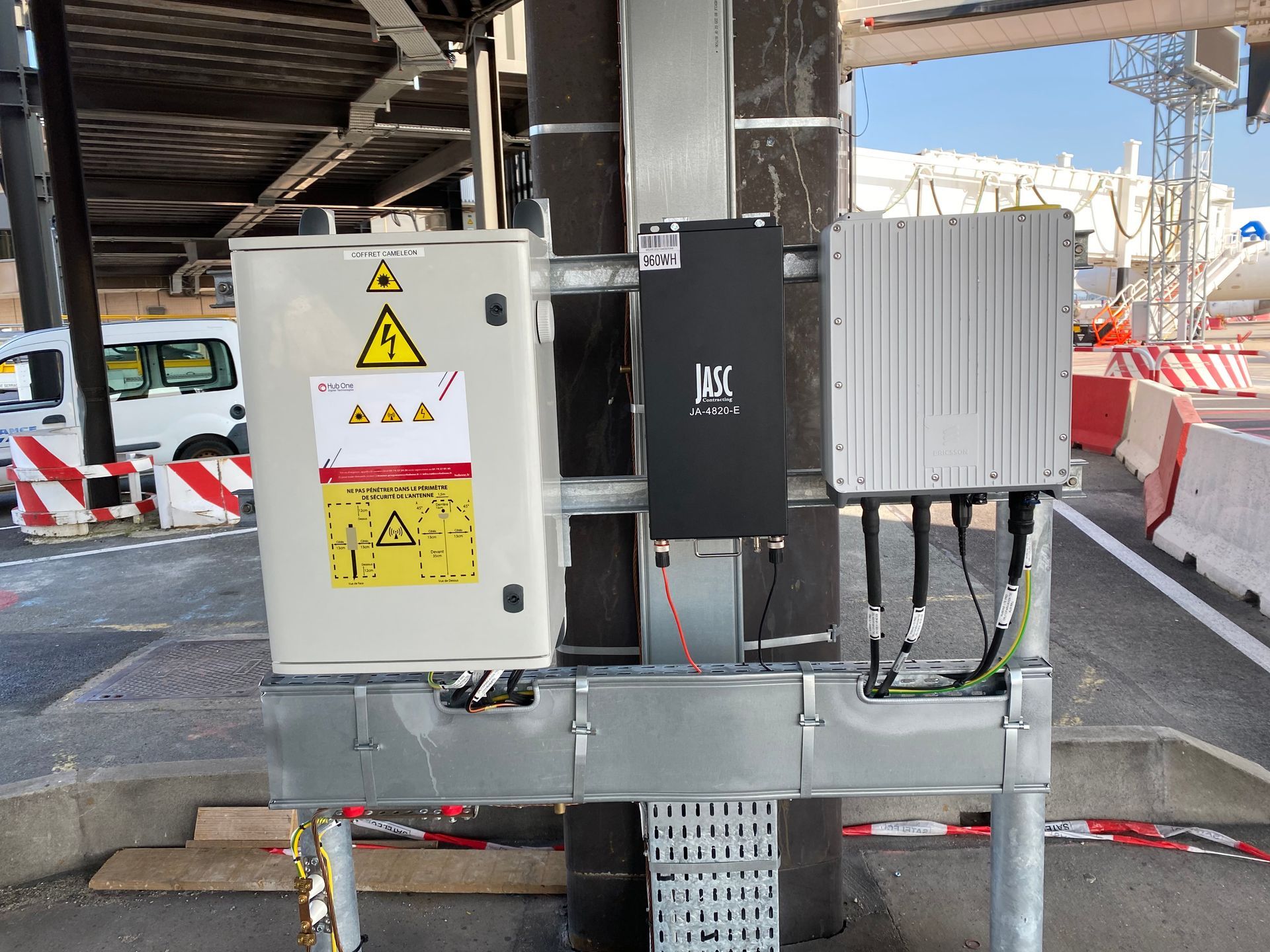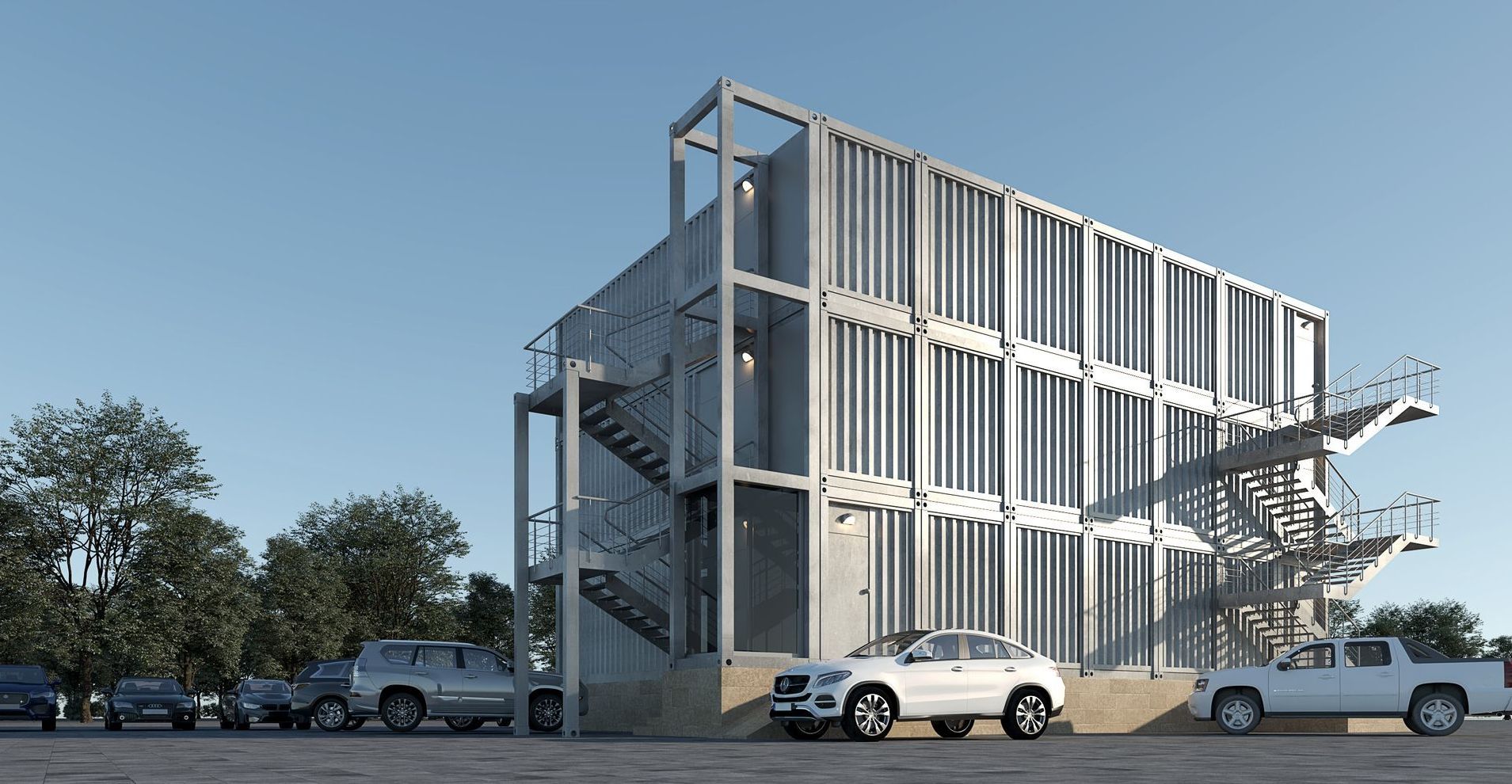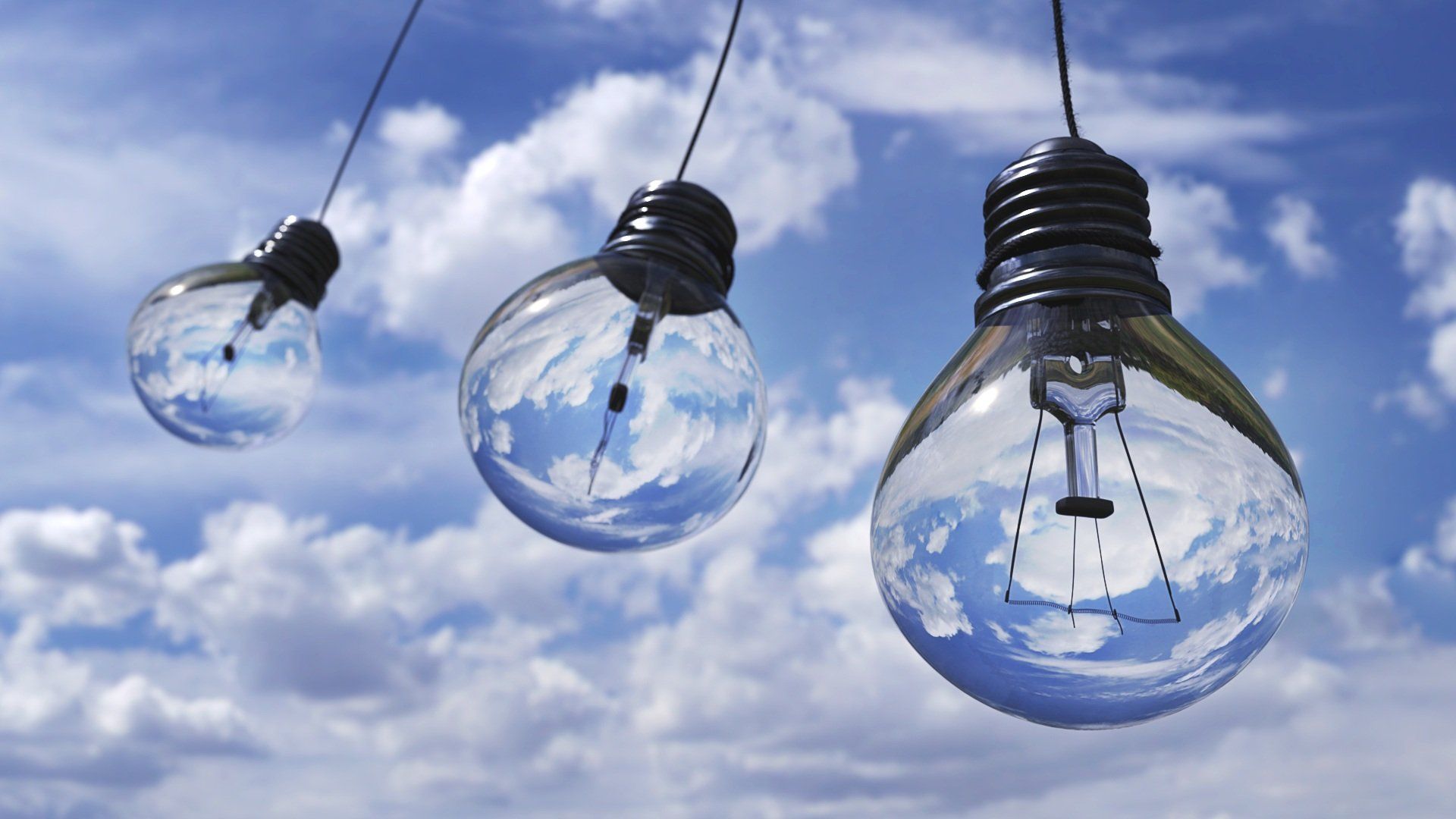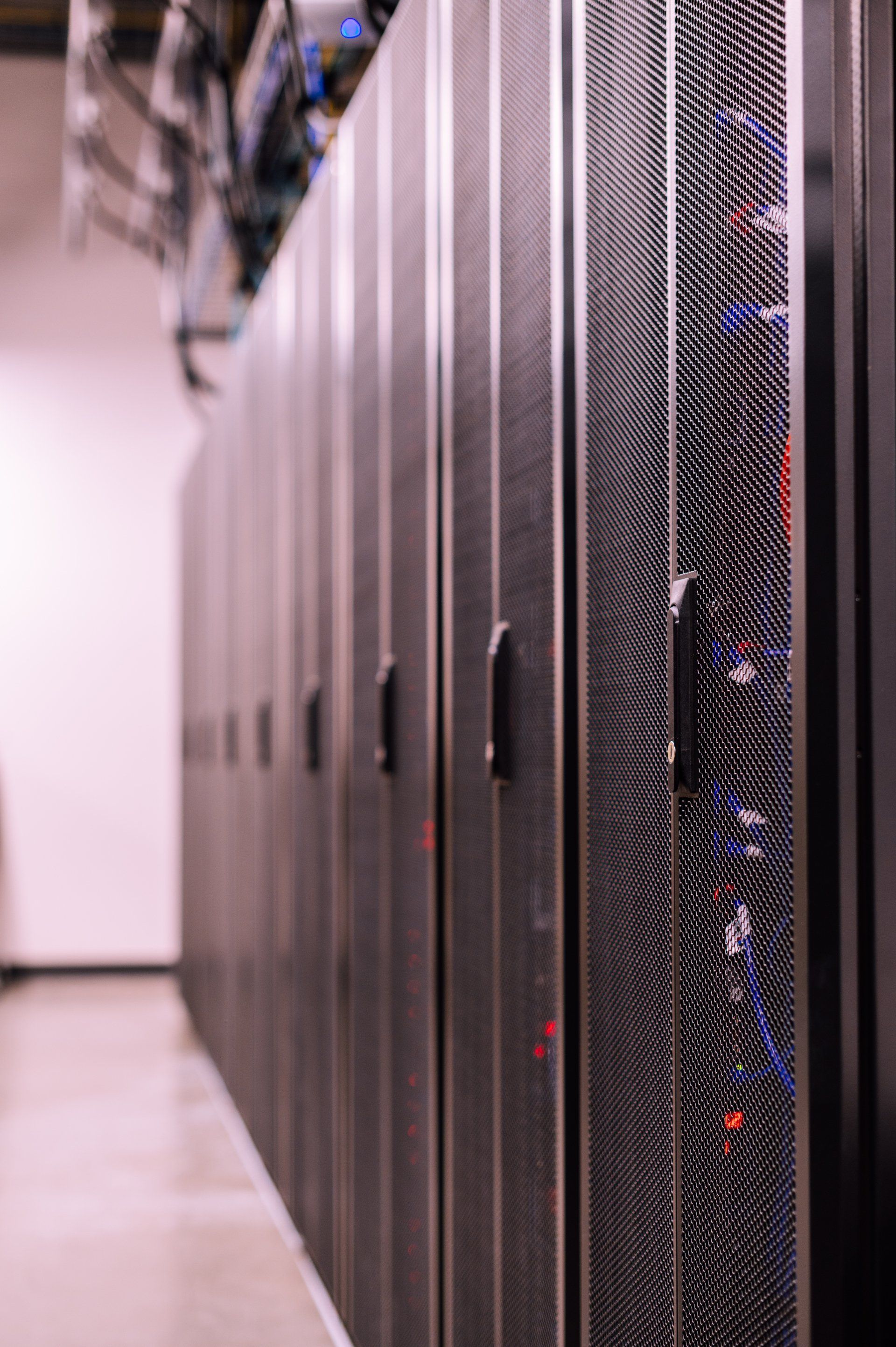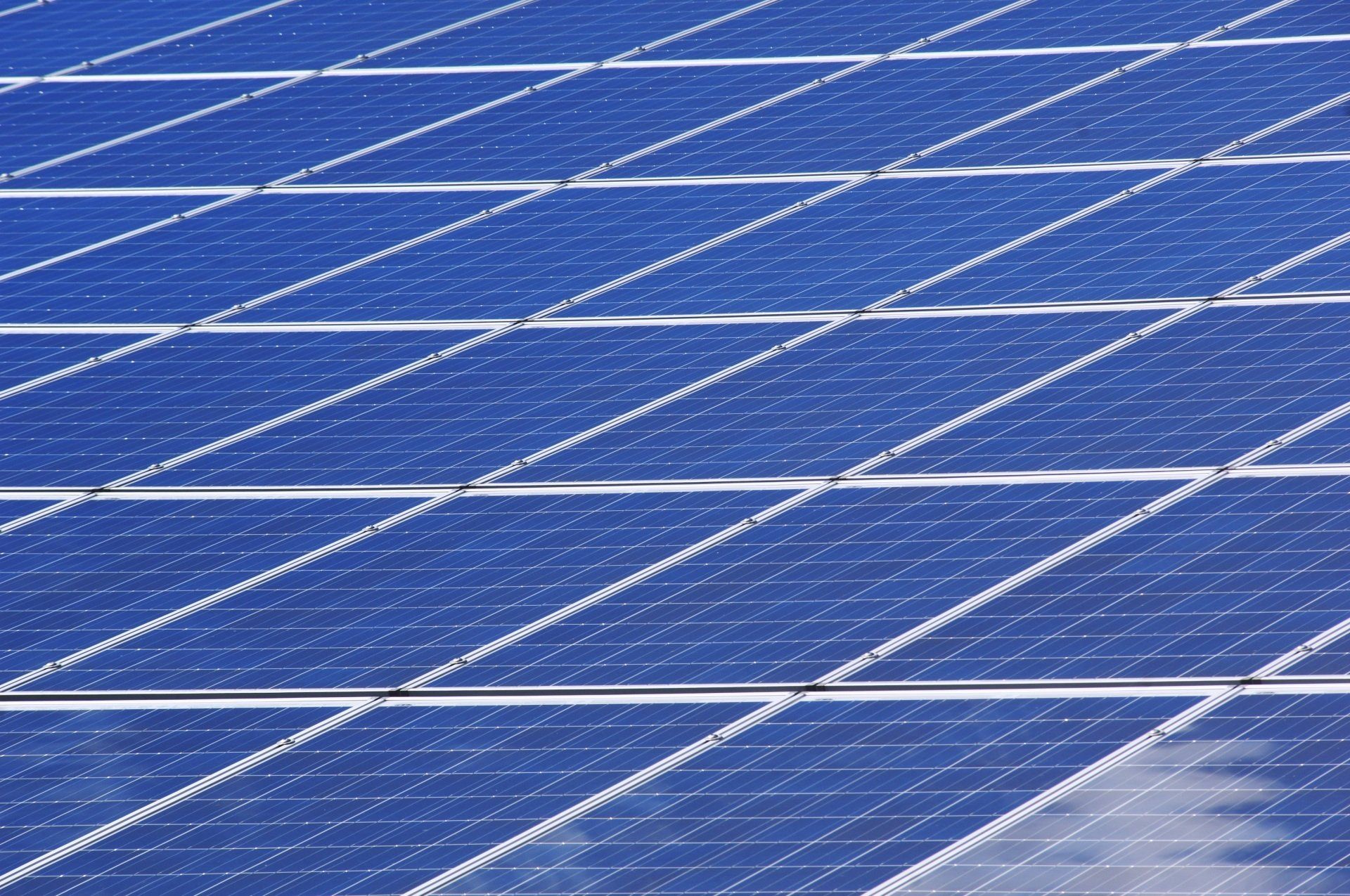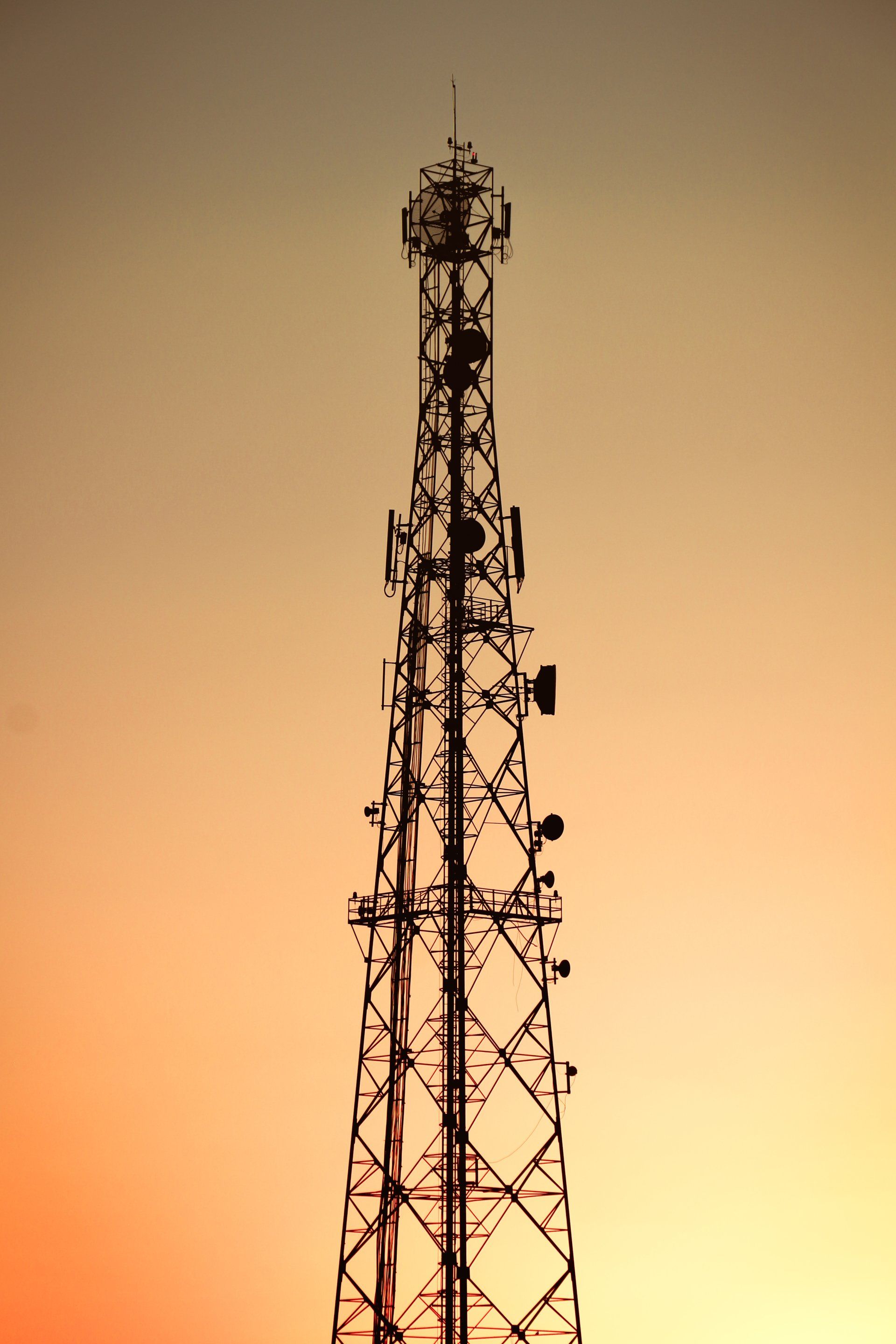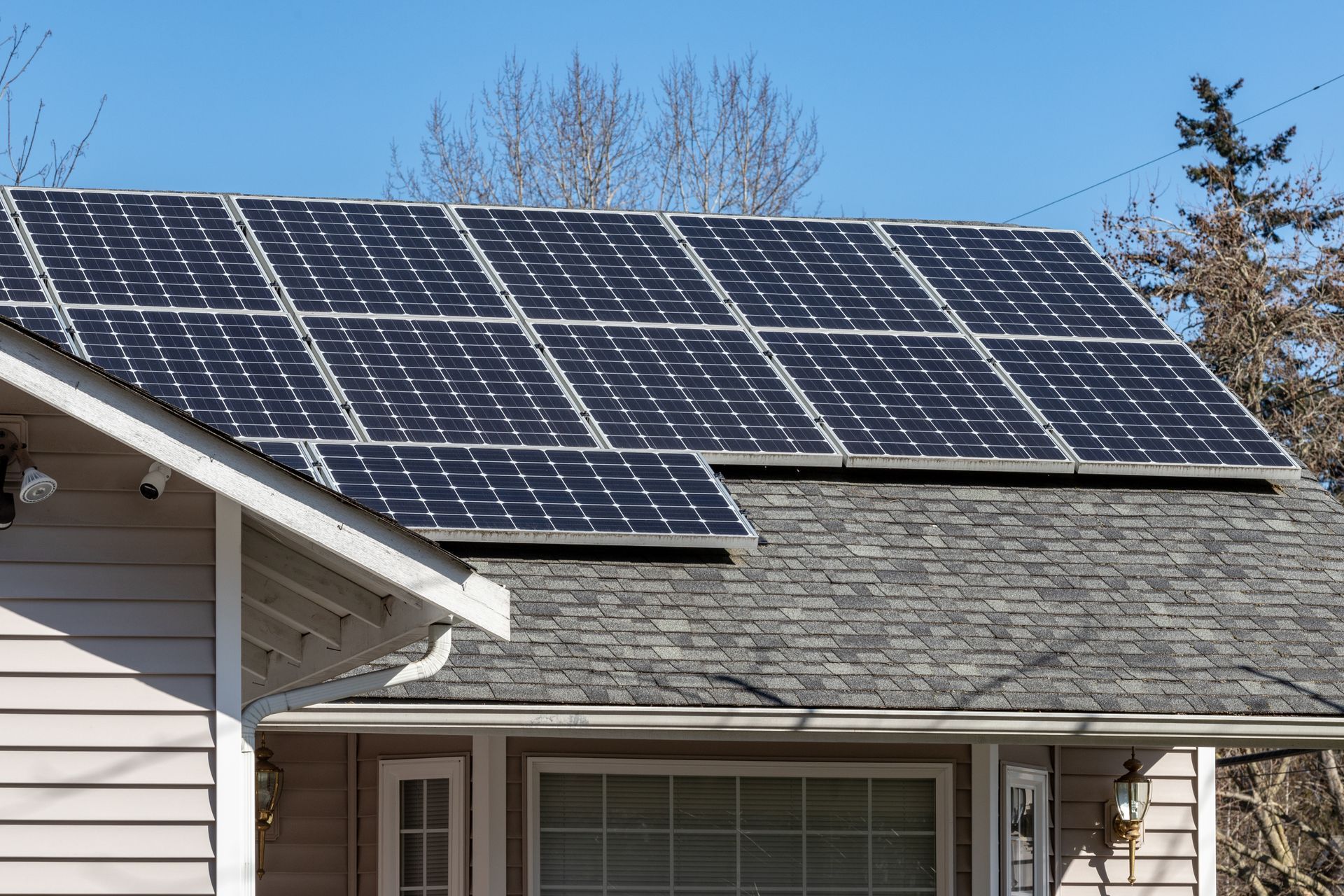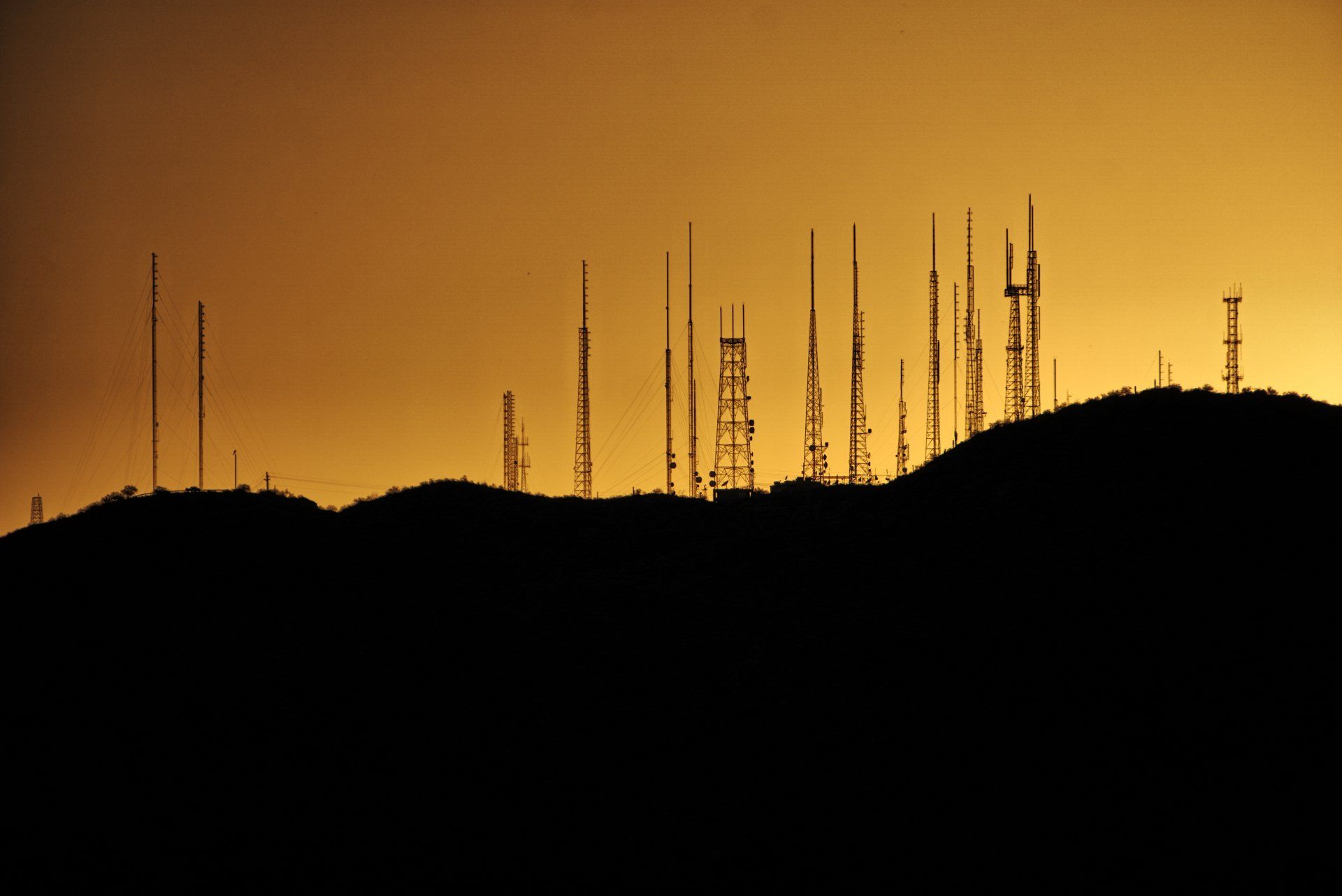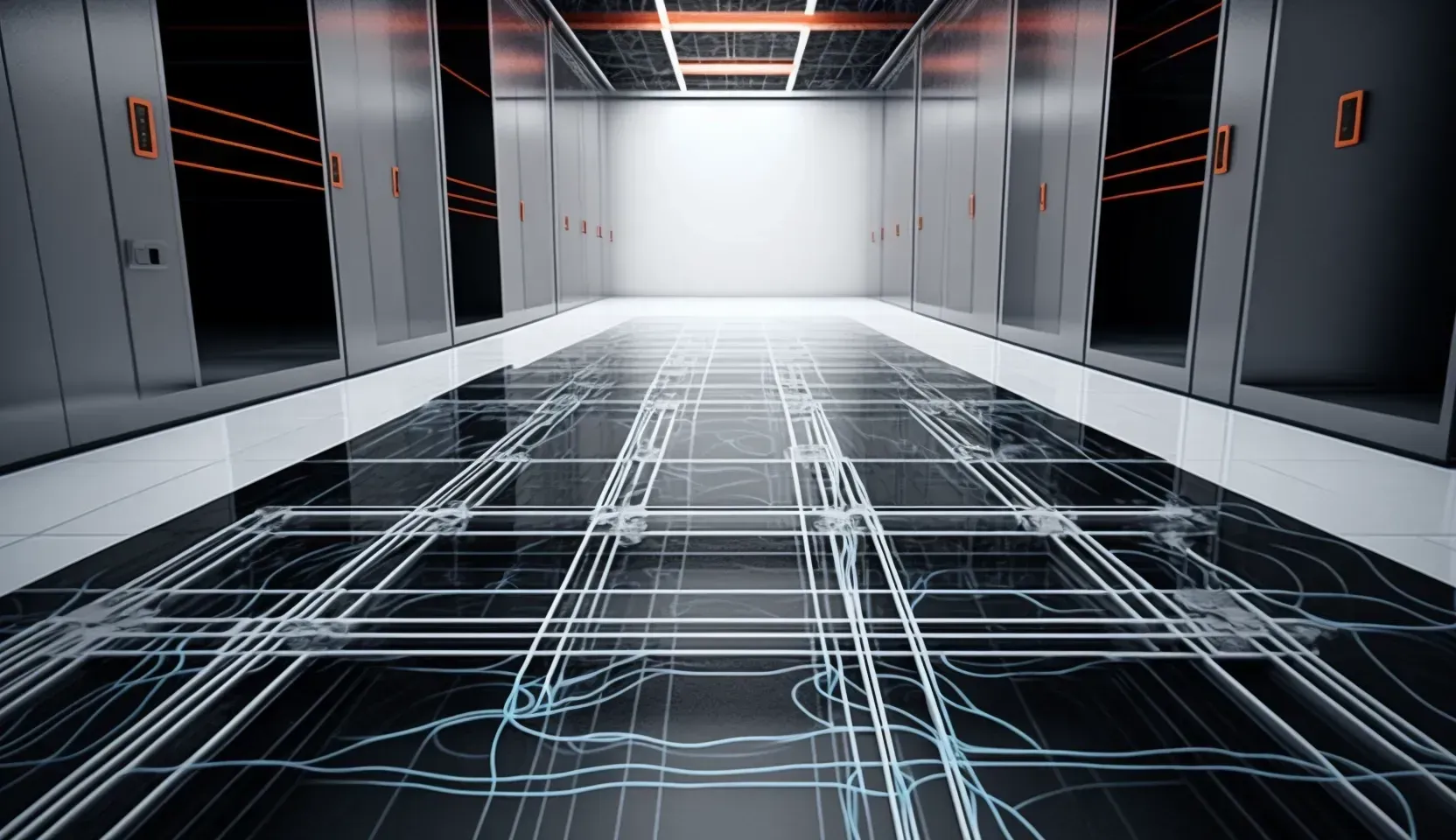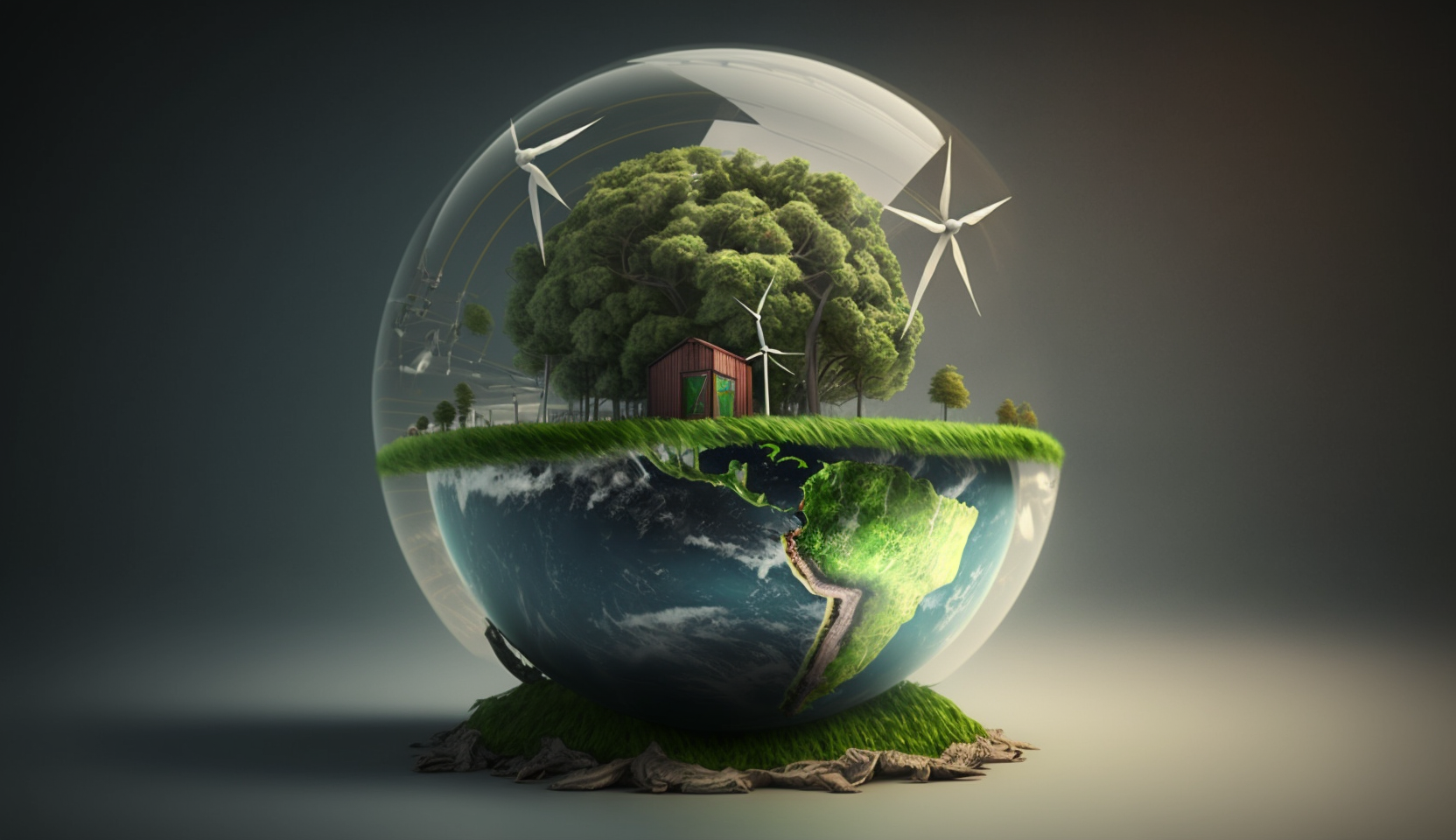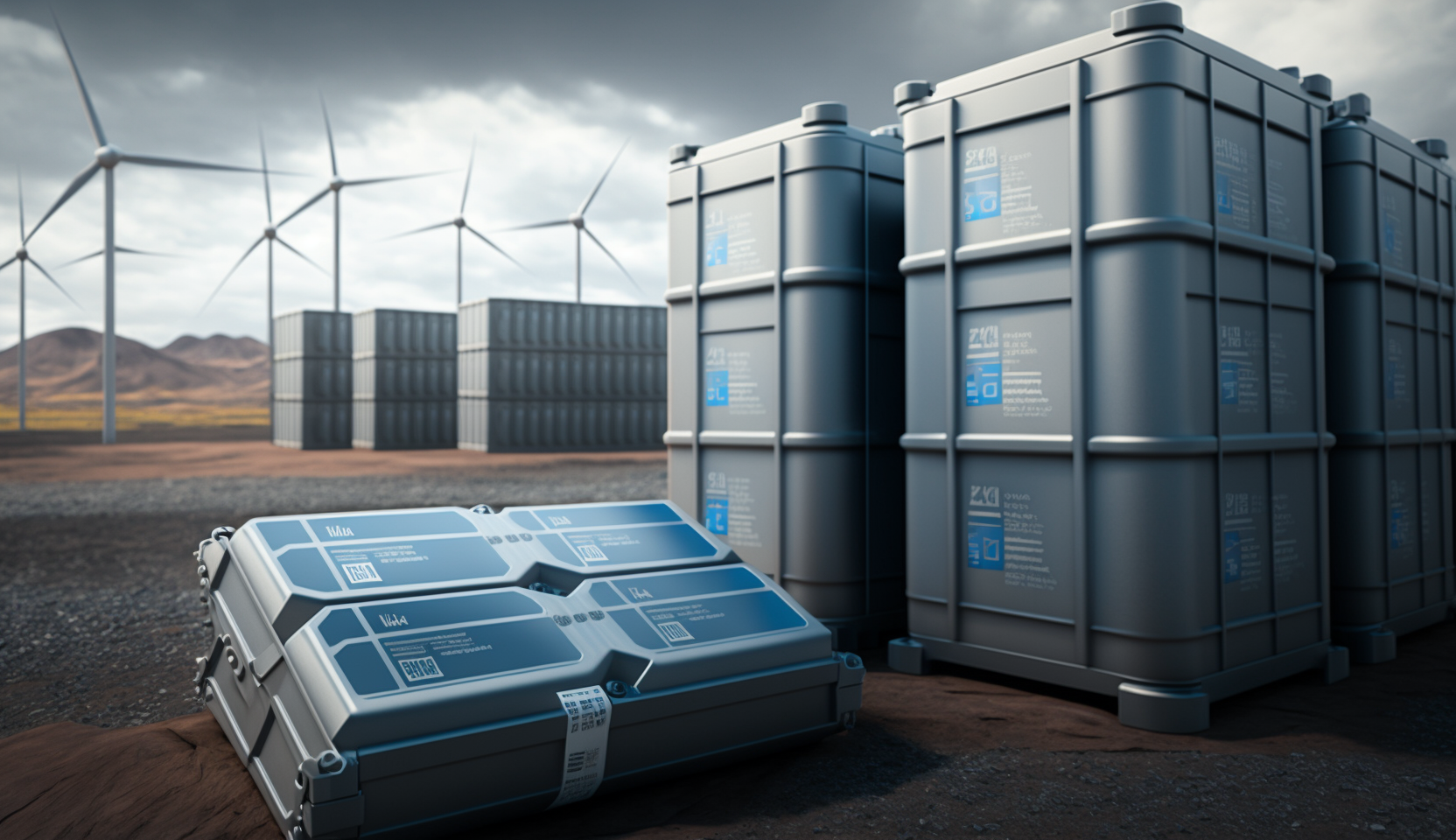TECH TRENDS
The Future of Power Plants:
What You Need to Know
Discover the latest advancements in power plant technology and design in this comprehensive article. Learn about sustainable energy, new technologies, emerging trends, potential challenges, and more. Stay up-to-date on the future of power generation and what it means for the environment and society.
Introduction
The world is facing an increasing demand for energy due to a growing population and increasing industrialization. However, traditional power generation methods that rely on non-renewable sources are becoming less economically viable and are resulting in environmental degradation. This is where innovative power plants come in. They offer sustainable ways to produce electricity and are revolutionizing the way we generate power.
The Importance of Sustainable Energy
Traditional energy sources such as coal, oil, and gas have been the backbone of power generation for decades, but they come at a significant cost to the environment. The increased levels of carbon dioxide and other pollutants from these energy sources contribute to climate change and air pollution, which can cause serious health problems. Renewable energy sources such as solar, wind, geothermal, and hydroelectric power plants offer a cleaner and more sustainable option for meeting the world's energy needs.
New Technologies for Power Plants
Innovations in power plant technology have led to significant improvements in energy efficiency and environmental impact. Here are some of the most promising technologies in the field:
Solar Power Plants
Solar power plants harness energy from the sun, and they are becoming increasingly popular around the world. Advances in solar technology have made it possible for solar panels to be more efficient and cost-effective than ever before.
Wind Power Plants
Wind turbines have become a common sight in many countries, as wind power plants are able to produce electricity without emitting harmful pollutants. The latest wind turbines are larger, more efficient, and capable of generating more power than ever before.
Geothermal Power Plants
Geothermal power plants harness the heat from the Earth's core to generate electricity. These plants are highly efficient, and they are not dependent on external weather conditions or daylight, making them a reliable source of energy.
Hydroelectric Power Plants
Hydroelectric power plants generate electricity by using the energy of moving water. These plants are reliable and have a low environmental impact, but they require suitable locations with access to water.
Nuclear Power Plants
Nuclear power plants use nuclear reactions to generate electricity, and they are highly efficient. However, they have a high risk of accidents and pose a significant threat to the environment and human health.
Emerging Trends in Power Plant Design
Innovations in power plant design are making power generation more efficient, reliable, and sustainable. Here are some of the emerging trends in the field:
Microgrids
Microgrids are small, localized power systems that can operate independently or in conjunction with the main power grid. They are more efficient and reliable than traditional power systems, and they can incorporate renewable energy sources.
Energy Storage
Energy storage technology is becoming increasingly important as renewable energy sources become more prevalent. Battery storage systems and other energy storage solutions make it possible to store excess energy and use it when needed.
Smart Grids
Smart grids are the next generation of power grids, designed to be more efficient, reliable, and sustainable. They incorporate advanced technologies such as real-time monitoring and control systems, making it possible to optimize energy use and minimize waste.
Potential Challenges and Risks
While the future of power plants looks promising, there are potential challenges and risks that need to be addressed:
Cybersecurity
Power plants are vulnerable to cyber-attacks, which could cause significant damage and disruption to the power grid.
Natural Disasters
Power plants are also at risk from natural disasters such as hurricanes, floods, and earthquakes, which could cause significant damage and disrupt power supply.
Public Perception
Public perception of power plants and their impact on the environment could affect their viability and acceptance in the future.
Conclusion
The future of power plants is exciting, with innovations in technology and design making power generation more efficient, reliable, and sustainable. While there are potential risks and challenges, such as cybersecurity threats and natural disasters, it's important to remember that the benefits of sustainable energy far outweigh the costs. The development of microgrids, energy storage, and smart grids are paving the way for a more decentralized and resilient energy system. As consumers become more conscious of their energy usage, and governments implement policies that incentivize the adoption of sustainable energy, we can look forward to a cleaner, greener future powered by innovative power plants.

